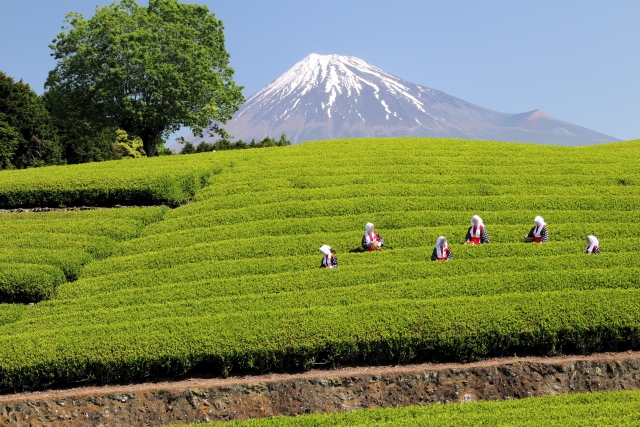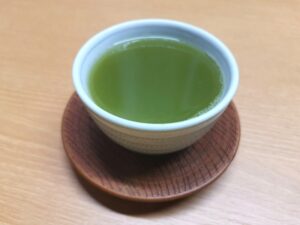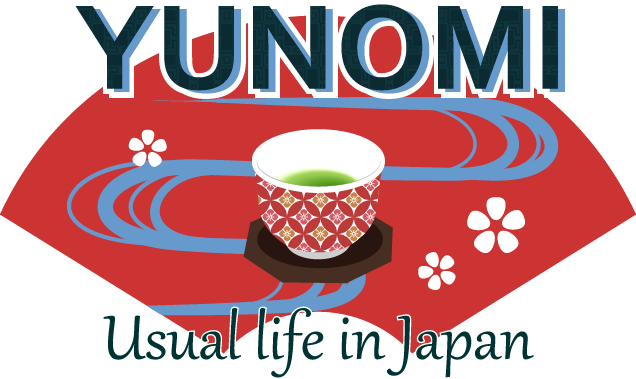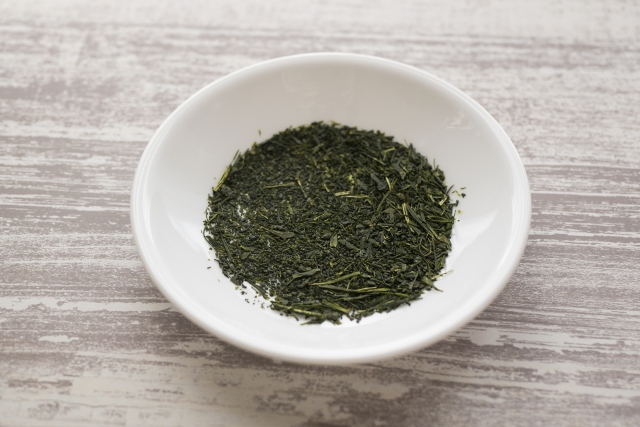Fukamushi-cha is what many people imagine when they think of a rich, mellow Japanese green tea. It looks deeper in color, feels softer on the palate, and brews quickly into a satisfying cup.
While it belongs to the sencha family, one simple change in processing makes it taste remarkably different.
What Makes It “Deep-Steamed”
Regular sencha is steamed briefly to stop oxidation. Fukamushi-cha is steamed for two to three times longer.
That extra steam tenderizes the leaf, breaks more cell walls, and releases fine particles that pass through the strainer into your cup.
The result is a velvety texture, a rounder sweetness, and a liquor that often appears an opaque, vivid green.
How This New Classic Was Born

Fukamushi-cha may feel timeless, but it is a postwar innovation. In the 1950s on the Makinohara Plateau of Shizuoka, farmers faced a climate with frequent fog and softer sunlight. Light-driven bitterness (from catechins) could dominate if leaves were treated like standard sencha.
Producers experimented: “What if we steam longer?” The answer surprised them.
The longer steam softened astringency and emphasized sweetness, creating a tea that felt kinder on the stomach and easier to drink daily. At first, some disliked the cloudy look—but the flavor won people over. From Shizuoka it spread nationwide and became a beloved modern style.
Taste & Aroma (At a Glance)
- Color: opaque, saturated green
- Aroma: warm, steamed greens; a gentle, comforting depth
- Taste: low astringency, soft sweetness, lingering umami
- Mouthfeel: plush and smooth due to fine particles
Brew It Right (Quick & Gentle)

- Leaf: 2 g (about 1 tsp) per 100 ml water
- Water: 70–75°C (cooler preserves sweetness)
- Time: 40–60 seconds — short, because extraction is fast
- Teapot: side-handled kyūsu with a fine mesh to catch micro-leaf
- Re-steeps: 2–3 times; go slightly shorter on the second, a touch longer on the third
Tip: If the cup seems too strong, reduce time rather than water temperature first. Fukamushi extracts quickly; every 10 seconds matters.
How It Differs from Regular Sencha

- Process: longer steam vs. short steam
- Texture: fuller, creamier body vs. cleaner, lighter body
- Flavor: sweeter with softened edges vs. brighter with more snap
- Appearance: deeper, sometimes cloudy green vs. clear yellow-green
For a side-by-side comparison, see our sencha guide
: Sencha: Japan’s Classic Everyday Green Tea.
When to Drink & What to Pair With

- Weeknight dinners: its roundness fits home cooking without stealing the spotlight
- Salty or fried foods: the plush body balances oil and salt (think croquettes, karaage, tempura)
- Onigiri & bento: friendly, food-loving character; easy for all ages
- Relax time: smooth and soothing for late afternoon breaks
Price & Everyday Buying

- Common range: about ¥800–¥1,200 per 100g for good daily grades
- Premium picks: finer leaf or single-origin lots can reach ¥1,500–¥2,000 per 100g
- Practical habit: many households keep one everyday pouch and a nicer bag for guests
Why It Feels So “Kind”

The longer steam reduces sharp edges. Even people who usually find green tea too astringent are often surprised: fukamushi tastes gentle, sweet, and mellow.
Because fine leaf particles carry more of the leaf’s natural body into the cup, the mouthfeel becomes satisfying without requiring long brews or high temperatures.
Quick FAQ
Why is the cup cloudy?
Those are harmless fine particles from deep steaming—responsible for the rich color and velvety feel.
My tea tastes too strong—what do I do?
Cut the time first (try 40–45 sec) before lowering temperature.
Can I cold brew it?
Yes. Cold brew draws out sweetness and texture; use cool water and steep 4–6 hours in the fridge.
Related Reading on YUNOMI
Types of Japanese Green Tea: From Sencha to Matcha, and How to Enjoy Each Flavor

